Innovation and constant change are essential elements for the functioning of Coke, a multibillion-dollar company. It seeks more than just being one of the best-selling soft drink manufacturers globally, but also maintaining an ongoing relationship with the public.
This approach aims to stay relevant in an ever-evolving market and meet consumers' ever-changing demands and preferences. However, while some refrigerant additions and alterations succeed, others fail before our very eyes. We all remember the epic failure of New Coke*, which caused an eruption the size of a Mento and the Diet Coke in the industry.
see more
There are some dog breeds considered perfect for people…
Sweet news: Lacta launches Sonho de Valsa e Ouro chocolate bar…
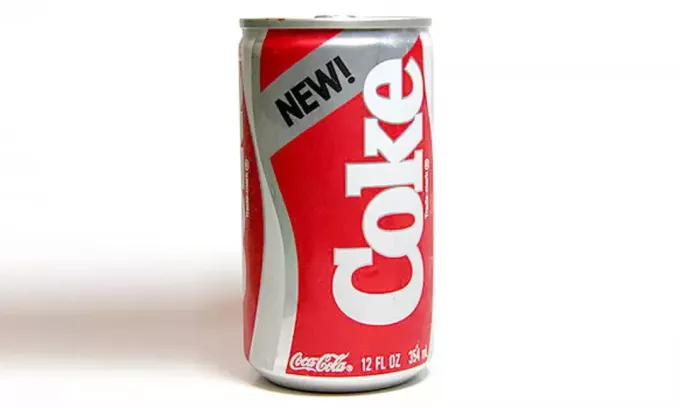
*In 1985, Coca-Cola decided to reformulate its original formula and launch a new version of its soft drink called New Coke. The intention was to combat the growing popularity of competitor Pepsi, which was gaining market share. However, many loyal Coca-Cola consumers have expressed displeasure and outrage over the new formula, stating that it did not have the same taste and unique characteristics that they associated with Coca-Cola classic.
As a result, Coca-Cola was forced to reintroduce the original Coca-Cola, rebranded as Coca-Cola Classic, to meet market demand and regain consumers' trust.
The New Coke experience served as an important lesson for Coca-Cola, highlighting the importance of listening to consumers and balancing innovation with preserving beloved elements of your brand. Check out, then, 9 drinks that will be missed!
Coca-Cola Drinks We'll Never See on Shelves Again
1. Coca-Cola Orange Vanilla
In 2019, Coca-Cola launched the Coca-Cola Orange Vanilla, which received a positive response from many fans who compared it to the distinctive flavor. Initially, it was announced that the product would become a permanent addition to the Coca-Cola product line.

However, in early 2022, consumers noticed that the Coca-Cola Orange Vanilla it was being quietly removed from store shelves. Shortly thereafter, Coca-Cola issued a statement via Twitter stating that they had stopped production of the product.
2. Coca Cola with Lemon

“Put the lime in Coke, you madman” was the creative slogan used to promote Coca-Cola with lime in 2005. This citrus variant of the soda was launched in the United States that same year, but ended up being discontinued in 2006, just one year after its introduction.
3. Tab
Introduced in 1963, Tab was Coca-Cola's first diet soda. Its sugar- and calorie-free formula appealed to consumers looking to control their weight. The Tab quickly built up a loyal following in the 1960s and 1970s, and this fan cult has persisted through the years.

Over time, several Tab variations have been introduced, including six different flavors and a caffeine-free option. However, during the wave of Coca-Cola discontinuations in 2020, the entire Tab brand was terminated.
These discontinuation decisions are made based on a variety of factors such as sales performance, consumer preferences, and company portfolio strategies.
4. Coca-Cola Cinnamon
In 2019, Coca-Cola released the limited edition Coca-Cola Canela, a cinnamon-flavored version of the famous beverage. This novelty was well received by consumers and aroused interest during the period in which it was available.
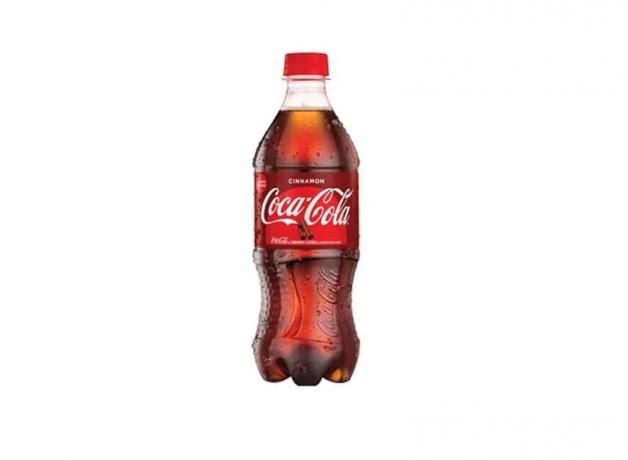
The following year, in 2020, Coca-Cola Canela returned to the market as a limited edition once again. Since then, the presence of this variant on the market has been intermittent, with periods when it is not available for sale.
5. Coca-Cola Black Cherry Vanilla
In 2006, Coca-Cola introduced the Coca-Cola Black Cherry Vanilla, a fruity and creamy blend that combined flavors of black cherry and vanilla. Available in regular and diet versions, this drink had a flavor profile reminiscent of an indulgent dessert.
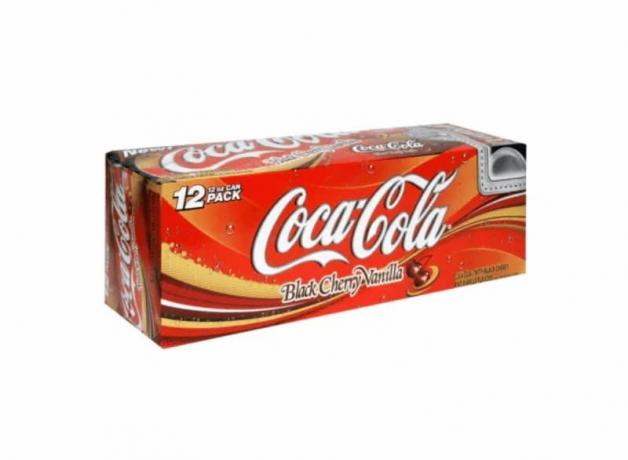
The decision to discontinue a beverage can be based on many factors, including sales performance, market acceptance and the company's overall strategy.
6. Coca-Cola Black
In 2006, Coca-Cola launched the Coca-Cola Black, an attempt to create a unique combination of coffee and soda. This drink was a low-calorie mix of coffee and soda, situated between the regular and diet versions.

Instead of sugar, the Coca-Cola Black used high fructose corn syrup and artificial sweeteners such as aspartame and acesulfame potassium.
7. Vault
In 2005, Coca-Cola entered the energy drink market with the launch of Vault. This drink was often compared to another Coca-Cola creation called Comes up, due to its citrus flavor and virtually identical ingredient list.

In addition to the original version, the vault was also released in a variety of electrifying flavors such as grape, orange, peach, lemon and even the flavor red blitz, which competed directly with Pepsi's Code Red Mountain Dew.
8. Coca-Cola Energy
In 2020, Coca-Cola launched Coca-Cola Energy as its first official foray into the energy drink market. This new offering promised to provide an energy boost with its 80 milligrams of caffeine.
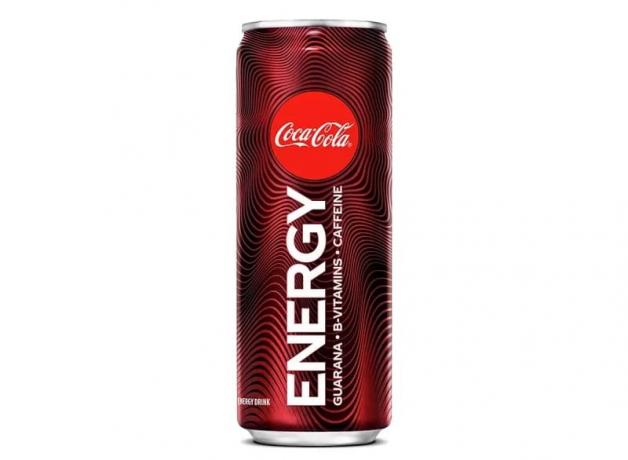
However, according to CNN, the drink had a short life on American shelves, lasting only about a year.
9. diet coke
In an effort to revitalize the Diet Coke brand and further appeal to millennials, who are known for their discerning consumption preferences, Coca-Cola announced a significant change in early 2018.
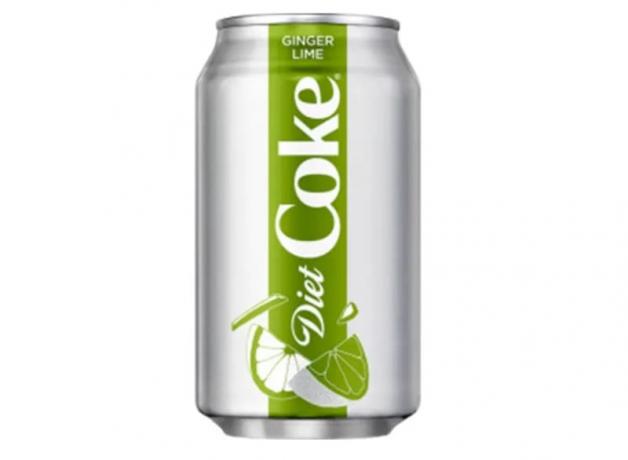
The Diet Coke line introduced four new progressive flavors including Ginger Lime, Feisty Cherry, Zesty Blood Orange and Twisted Mango. In addition, the new variants were presented in tall and thin cans, bringing a modern and elegant aesthetic to the product.
